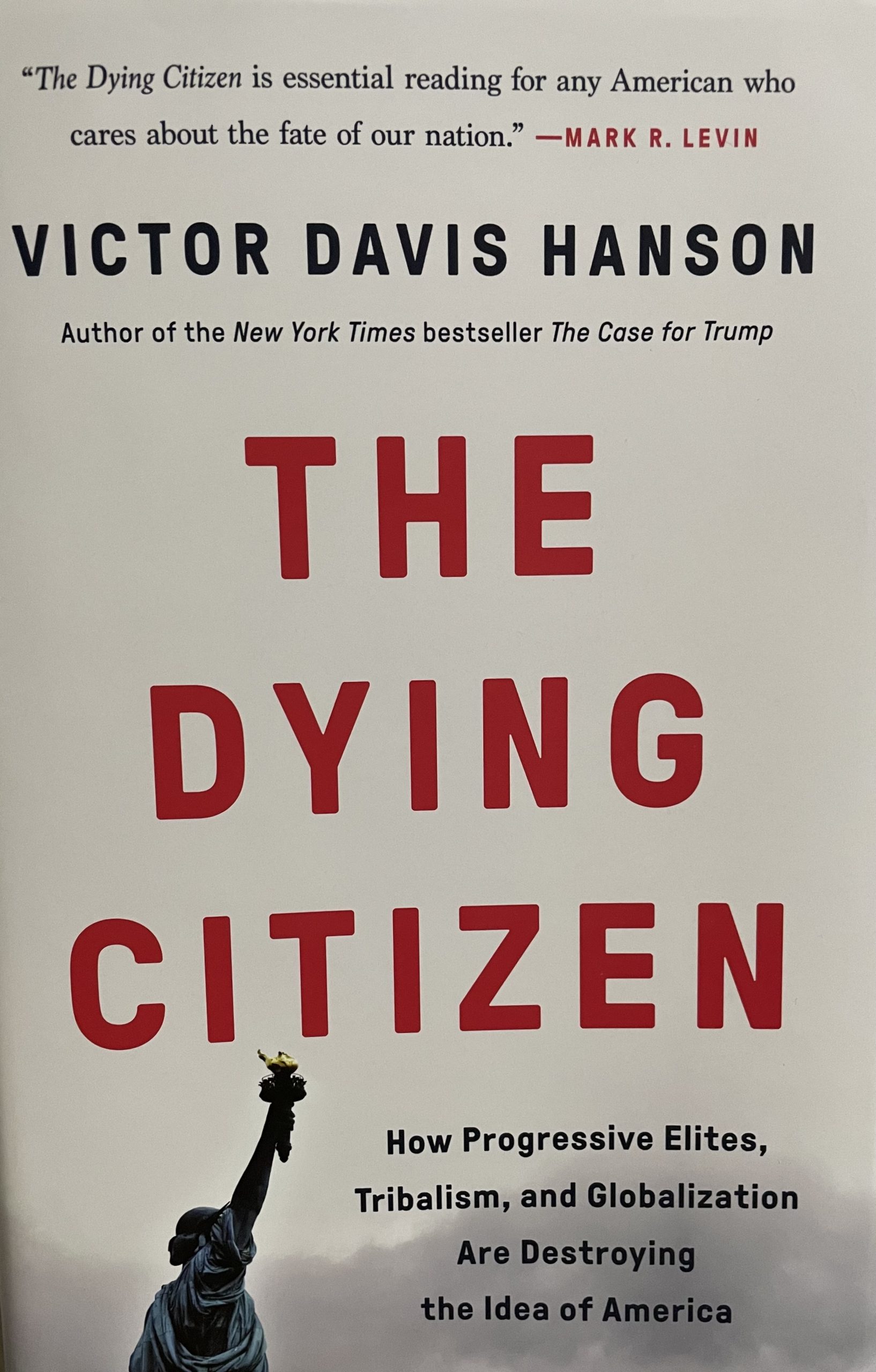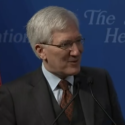Much of the financial assistance donated by other countries toward the betterment of Pakistan’s health and population sectors is not being utilized efficiently, according to Dr. Samia Altaf, who worked for the U.S. Agency for International Development (USAID) in Islamabad. Despite the $58 billion in assistance Pakistan has received from 1950-1999, Pakistan has little to show for it, said Altaf, the author of Aid Without Development: A Tale of International Consultants, Aid and Development.
At the Woodrow Wilson Center, where Altaf is now a scholar, Altaf described her perspective on the issues plaguing Pakistan’s health system, citing her experiences and in-depth research of sixteen different institutions in Pakistan.
There are two groups of people with incentives to change the healthcare situation in Pakistan, according to Altaf: consumers in Pakistan and American taxpayers. The U.S. government has spent nearly $10 billion in Pakistan over the past six years, leaving Americans more than enough reason to be concerned with Pakistan’s healthcare predicament. Altaf also expressed concern for the citizens of Pakistan during this crisis, noting how they are “completely disenfranchised” and “have no voice” in their own country.
Given these and other problems surrounding the health crisis in Pakistan, Altaf believes that policy makers need to act soon.
“The way we design our programs and the way we implement them—that methodology is completely outmoded,” Altaf continued. “…certainly we can put our heads together and come up with a solution to this problem.”
During the meeting at the Woodrow Wilson Center, Altaf read several excerpts from her book regarding her observations of the sixteen institutions she visited in Pakistan.
“My book is a description of what happens within these institutions,” Altaf said. “There is one common theme that I saw emerging from each of them… [that] the success or failure of the program depends on the incentives of the people running those programs.”
Altaf went on to discuss how similar studies insist that issues such as corruption, poor management, and lack of infrastructure within these institutions have led to the health sector’s current inefficiency. Altaf, however, has a different take on this analysis.
“There are, of course, strong voices that the corruption and lack of infrastructure issues need to be fixed,” Altaf said. “But in the meantime, something needs to be done. These constraints and these implementation challenges need to figure into the program design.”
Audra Taylor is an intern at the American Journalism Center, a training program run by Accuracy in Media and Accuracy in Academia.










